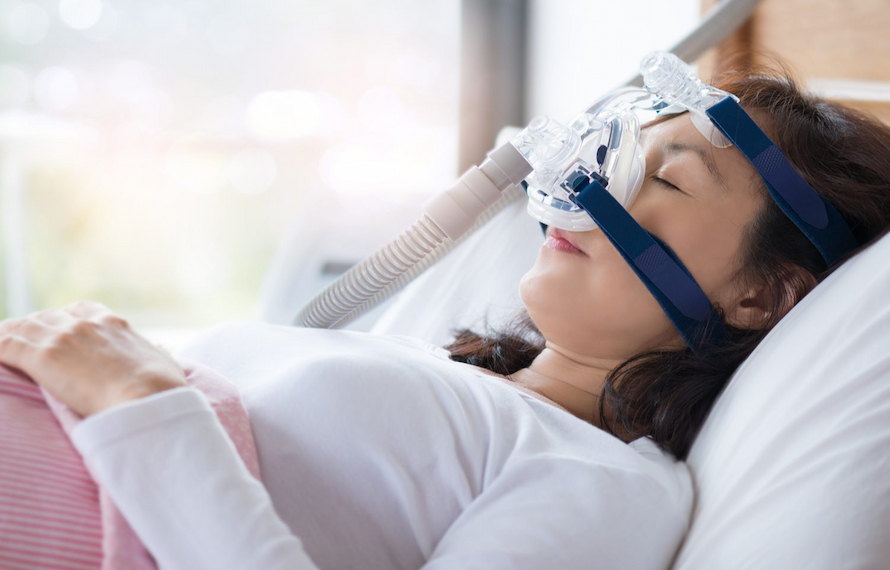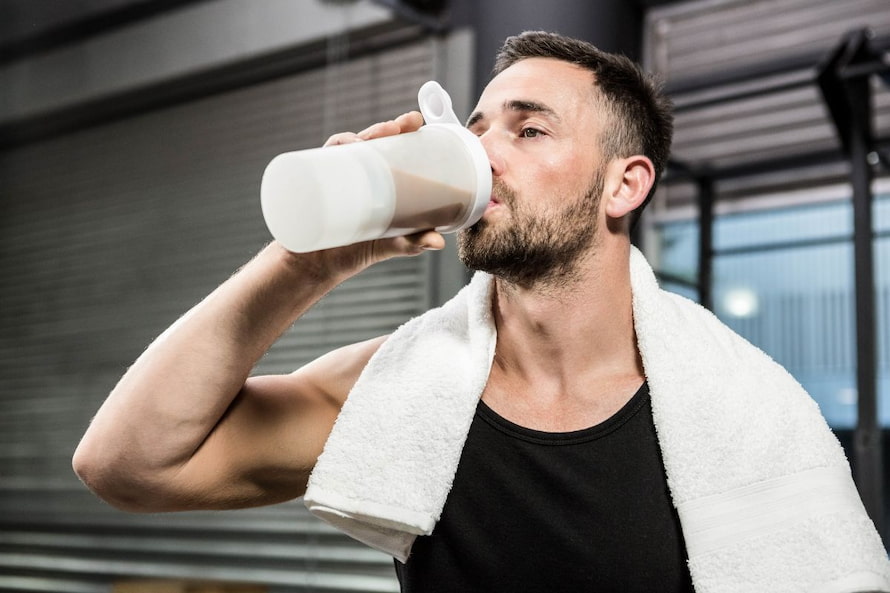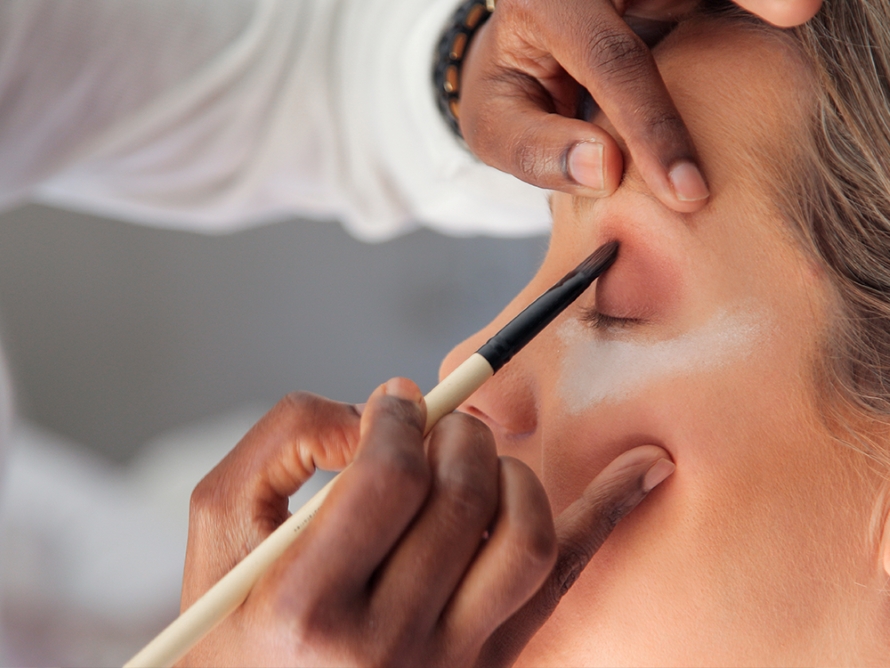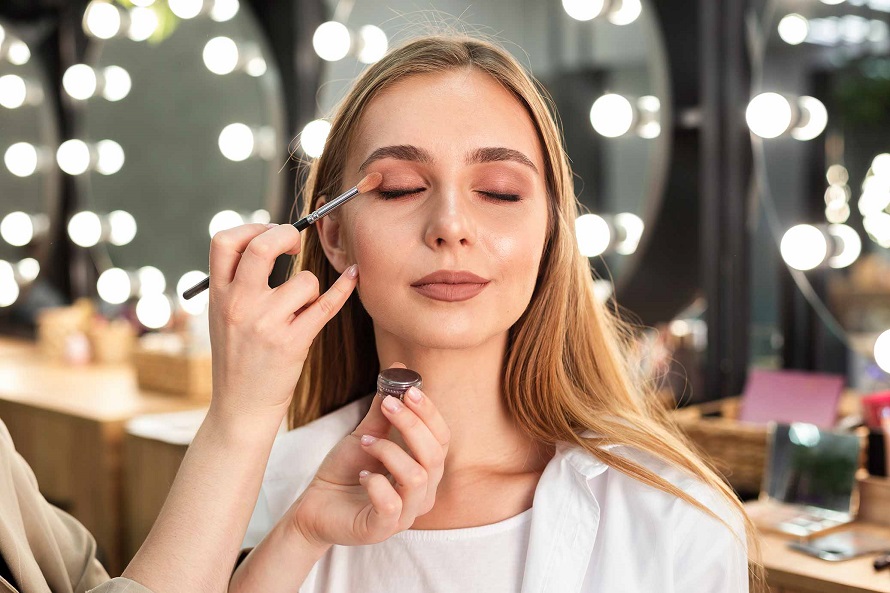Health & Beauty
A Guide to CPAP Chin Straps: Improve the Effectiveness of Your CPAP Machine
To benefit from CPAP therapy while wearing a nasal or nasal cushion CPAP mask, your mouth must remain closed throughout the night. Otherwise, your therapeutic air will leak, and you’ll wake up with a dry mouth or throat. For that reason, many people turn to a chinstrap as the most effective way to keep their mouths shut while sleeping.
A chin strap is a thin, elastic strap that wraps around the top of your head and the bottom of your chin. It creates just the right amount of stress to prevent your mouth from opening. To make the selection process easier for you, we’ve done our homework and compiled the following guide.
Things to Keep in Mind When Shopping for a Chin Strap
The best CPAP chin straps for sleep apnea have a great adjusting mechanism and fitting. However, not all chinstraps are created equal and what works for one person may not work for another, so it’s crucial to keep your needs in mind when shopping. Some people have to experiment with various models before finding one that best suits them. Even though chin straps are usually affordable, learning how to pick the best model might help you make the proper decision straight away. Keep the following things in mind.
Size and Fit
A properly fitted CPAP chin strap should gently wrap your head, supporting your jaw rather than keeping your lips closed. It should be cosy, with just the right amount of tightness to prevent mouth opening throughout the night. Different sizes of CPAP chinstraps, including adjustable models, are also available. All you need to do is read reviews and thoroughly measure your head before purchasing because they could differ between manufacturers.
Design
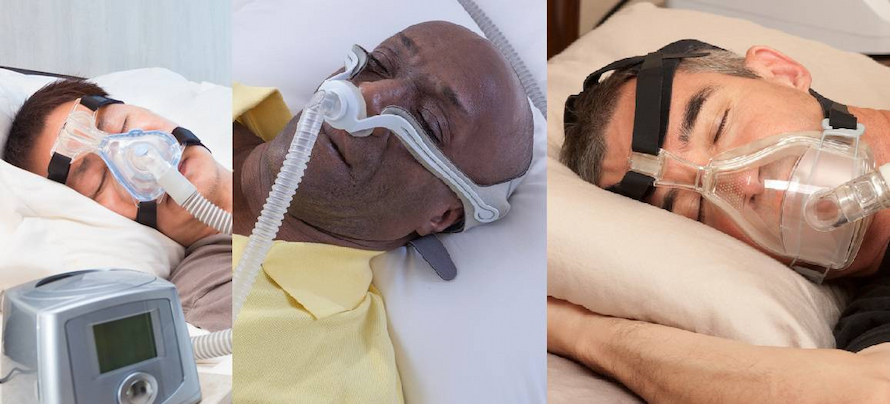
Source: snorelab.com
Chinstraps for CPAP machines come in a variety of styles. Common models include one anchor strap over the top of your head and a soft cloth chin rest. Others employ a mesh cap to secure two chinstraps for more stability, have a second anchor strap across the back of your skull, or are made to attach to your mask headpiece.
Mask Compatibility
Even though most straps are made to operate with all CPAP masks, some specific masks or designs may not work well together. Therefore, you should examine your headwear and the chinstrap before purchasing to determine how they will fit together. Additionally, it’s crucial to read all accessible information because any mask incompatibilities may be acknowledged by the manufacturer.
Material Options
Every CPAP strap has three components—a chin rest, an anchor strap or straps, and closures—each of which is typically made from different materials. One made entirely of cotton with buckle closures may be preferred by some, while a chinstrap composed of polyurethane fabric with Velcro closures may suit the demands of others better. When choosing customers should think about their comfort preferences, physical restrictions, and skin sensitivity.
High-quality CPAP chin straps can last up to two years, but the typical chinstrap should last at least a year. On the other hand, after less than six months some models start to show symptoms of wear and need to be replaced. Although cost is not necessarily a good predictor of longevity, models from reputable manufacturers typically survive longer than cheaper alternatives from less well-known rivals.
Warranty
Since these CPAP accessories are not considered essential for treatment, customers are expected to cover the costs themselves. For that reason, check out the manufacturer’s warranty on your chin snoring strap. If it comes with a warranty, it’s often a limited guarantee that addresses problems in production. Additionally, independent dealers could provide their warranty or guarantee of satisfaction. Your best alternatives are usually going to be chinstraps produced by recognized CPAP manufacturers or offered by stores that specialize in CPAP accessories.
Best CPAP Chin Straps to Look for You
ResMed Chin Restraint
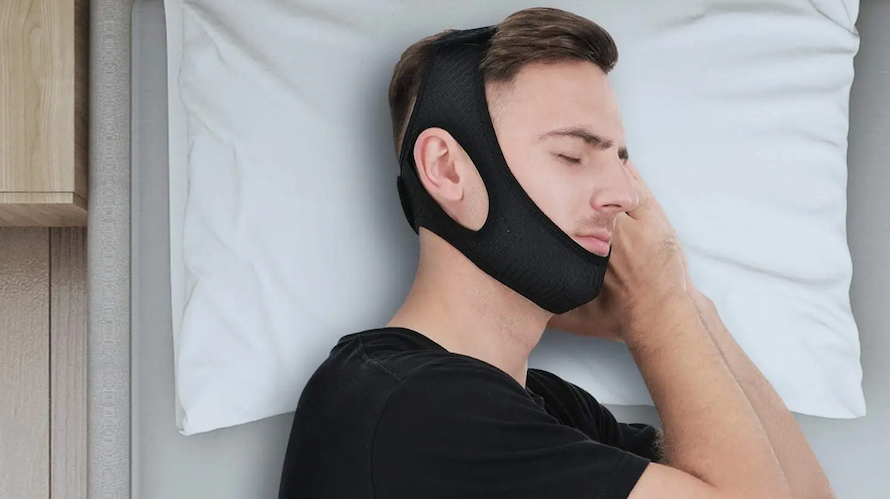
Source: facebook.com
The ResMed CPAP strap is designed for people who need a chinstrap to increase the effectiveness of their CPAP therapy but don’t want to sleep with cumbersome equipment on their faces. It has a Velcro fastening and is 27 inches long, offering lots of space for adjustability. The anchor strap is tightly sewn for long-term durability and is wide enough to be comfortable without seeming cumbersome. A soft cotton sling that is just wide enough to offer security without digging into the user’s throat offers support.
It’s ideal for those who seek a lightweight and comfortable chinstrap whose design offers the security they require with little adjustment. Even though it works well for many CPAP users, this chinstrap is not the best choice for those who need a lot of pressure to keep their jaw tight. Additionally, there is only one size available, which limits its adaptability for customers who need a smaller strap. ResMed backs up its product with a 90-day warranty against faults and manufacturing defects.
Best in Rest Adjustable Chin Strap
Best in Rest chin straps are designed with comfort and usability in mind. Although the material is thin, it exerts enough pressure to keep the chin firmly in place without feeling overly tight against your jaw. This way you can avoid mouth leaks and stop snoring. It can be adjusted several times to find a strap length that doesn’t feel too tight on your chin or the top of your head and successfully keep your chin in place during the entire night.
The fabric is of the highest calibre and very soft. But it’s not too thin to cause you any discomfort. Once you have it properly placed you won’t feel it like wearing it. Additionally, you won’t have it digging into your chin which will allow you to sleep soundly. On the packaging, there are detailed directions for use. The process is astonishingly easy. The elastic can be cleaned by soaking it in a solution of mild soap and warm water, followed by rinsing and drying.


